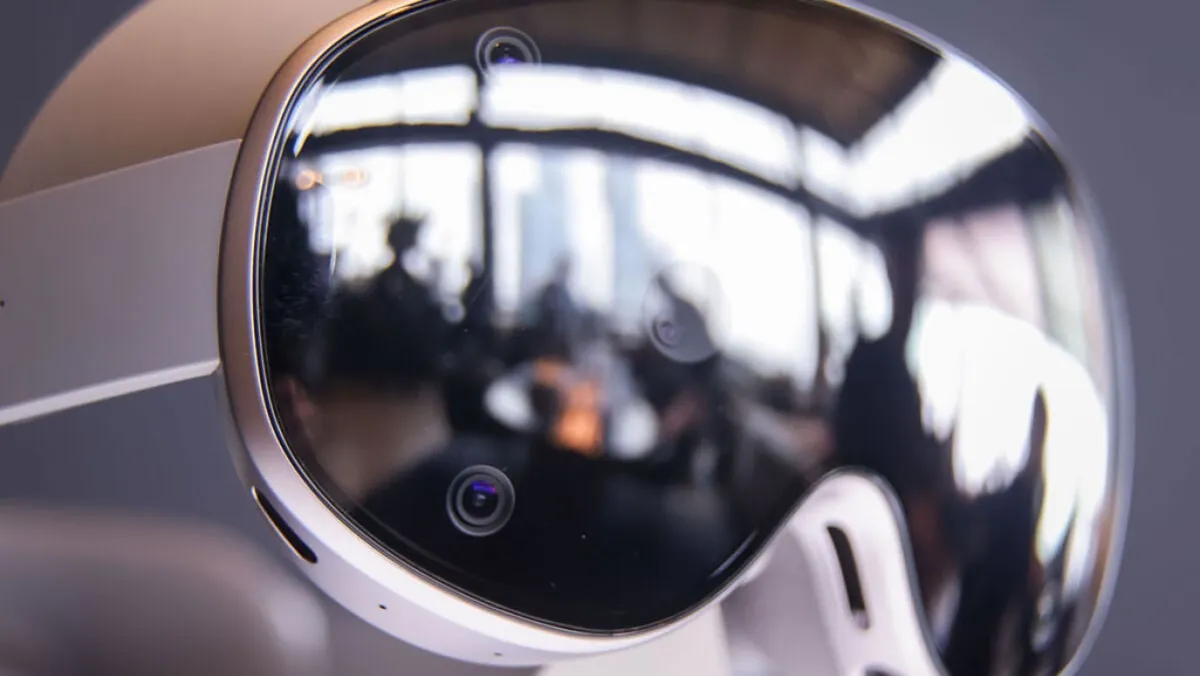
For years, Meta has dominated the market as the primary contender in the realm of augmented reality (AR) and virtual reality (VR) headsets. However, this week, Samsung has made a significant move by launching the Galaxy XR headset, attempting to carve out its niche where even tech giant Apple has struggled. The Samsung Galaxy XR serves as a direct competitor to the Meta Quest 3, yet these devices differ greatly in various aspects. In this article, we’ll explore the key differences between the Samsung Galaxy XR and the Meta Quest 3, focusing on their specifications, pricing, and essential features.
The most notable distinction between the Samsung Galaxy XR and the Meta Quest 3 lies in their pricing. The Galaxy XR is priced at an eye-watering $1,799, while the Meta Quest 3 starts at a much more approachable $499. This substantial price gap leads to questions about whether these two devices can be considered true competitors. Despite their nominally similar XR experiences, the Meta Quest 3 is undoubtedly a more mainstream-friendly option due to its significantly lower price tag.
When it comes to specifications, the price difference between these headsets becomes more understandable. Here’s a breakdown of the key specs:
Two micro-OLED displays with a resolution of 3552x3840 per eye Refresh rate of up to 90Hz Powered by Snapdragon XR2+ Gen 2 chipset Field of view: 109-degree horizontal, 100-degree vertical Includes eye tracking and iris recognition 256GB storage with 16GB RAM Weight: 545g Two LCD displays with a resolution of 2064x2208 per eye Refresh rate of up to 120Hz Powered by Snapdragon XR2 Gen 2 chipset Field of view: 103.8-degree horizontal, 96.4-degree vertical No eye tracking capabilities 512GB storage with 8GB RAM Weight: 515gThe Galaxy XR features superior display technology with higher resolutions, while the Quest 3 offers a higher refresh rate, which may not be significantly noticeable for most users. Additionally, the Galaxy XR is equipped with a more advanced chip and double the RAM, although the real-world performance differences remain to be tested. Eye tracking is a notable feature in the Galaxy XR, enhancing user interaction, whereas the Quest 3 lacks this capability. However, the Quest 3 is lighter and comes with more onboard storage, offering some advantages that may appeal to users.
Another vital distinction is that the Galaxy XR operates on the Android XR operating system, while the Quest 3 utilizes Meta's proprietary OS, potentially impacting the compatibility of games and applications.
Both headsets support hand tracking, allowing users to interact without controllers; however, having controllers significantly enhances the VR gaming experience. The Meta Quest 3 includes two controllers with a comprehensive range of buttons, motion tracking, and analog sticks, all included in the box. In contrast, the Galaxy XR does not come with controllers, which are sold separately for $249. For users looking to fully enjoy the Galaxy XR experience, the total cost could end up being four times that of the Quest 3, raising questions about its value proposition.
When it comes to battery life, the Samsung Galaxy XR is rated for up to 2 hours of general use and 2.5 hours for video playback, which is typical for XR headsets. On the other hand, the Meta Quest 3 offers slightly better performance, rated for 2.2 hours of usage. Despite the Galaxy XR's hefty price tag, it does not significantly outperform the Quest 3 in this crucial area, leaving users to wonder about the value of the higher price.
As the Galaxy XR makes its way into the hands of consumers and reviewers, further comparisons will likely emerge. For now, it appears that the Galaxy XR is tailored more for enthusiasts and early adopters, while the Meta Quest 3 caters to a broader audience seeking a more affordable entry into the world of XR technology.